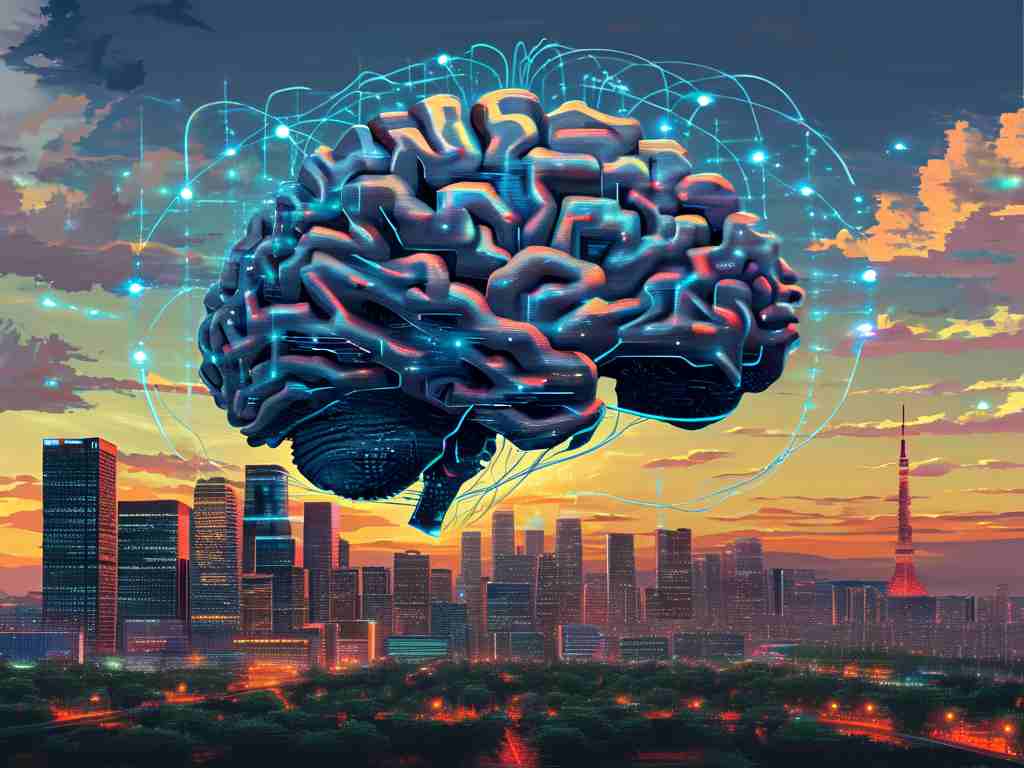Neural networks have surged in popularity across tech circles, often hailed as revolutionary tools for solving complex problems. Yet, beneath this glossy surface lies a murky reality: they're frequently shallow and overhyped, failing to deliver on grand promises in many real-world scenarios. At their core, neural networks mimic human brain structures through interconnected layers of artificial neurons, processing inputs to generate outputs. However, this facade of intelligence masks significant limitations that render them "watery" or superficial in practice. For instance, they rely excessively on massive datasets for training, making them brittle when faced with novel or noisy data—a stark contrast to human adaptability. This data dependency often leads to overfitting, where models memorize training examples instead of learning general patterns, resulting in poor performance on unseen tasks.

Another glaring flaw is the infamous "black box" problem: neural networks operate opaquely, making it nearly impossible to trace how decisions are made. This lack of interpretability poses ethical risks, especially in critical fields like healthcare or autonomous driving, where understanding why an AI rejected a loan or misdiagnosed a patient is crucial. Consider a simple Python snippet using TensorFlow to illustrate this opacity:
import tensorflow as tf
model = tf.keras.Sequential([
tf.keras.layers.Dense(128, activation='relu', input_shape=(784,)),
tf.keras.layers.Dense(10, activation='softmax')
])
model.compile(optimizer='adam', loss='sparse_categorical_crossentropy', metrics=['accuracy'])
# Training code would follow, but outputs remain inscrutable without extensive probing.
This code builds a basic neural network for image classification, yet even experts struggle to decipher why it classifies certain inputs incorrectly—highlighting how such models can feel like shallow tricks rather than deep understanding.
Computational inefficiency compounds these issues, demanding immense resources like GPUs and cloud infrastructure. Training large-scale networks consumes excessive energy and time, disproportionately benefiting well-funded corporations while sidelining smaller innovators. Moreover, neural networks often fail in dynamic environments requiring common-sense reasoning or causal inference, areas where humans excel effortlessly. Critics argue that this reliance on brute-force computation reflects a superficial approach, prioritizing hype over genuine innovation. Despite advancements in deep learning, many applications—like chatbots generating nonsensical responses or image generators producing biased artifacts—reveal the "wateriness" at play, where outputs appear sophisticated but lack substance.
To counterbalance, neural networks do shine in narrow domains, such as pattern recognition in images or speech, thanks to their ability to detect subtle correlations. Yet, this success shouldn't overshadow inherent vulnerabilities. For example, adversarial attacks can easily fool networks with minor input tweaks, exposing their fragility. Industry leaders must adopt hybrid approaches, blending neural networks with symbolic AI for greater transparency and robustness. Ultimately, acknowledging neural networks' shallow nature fosters healthier development: by tempering expectations, we can steer AI toward more reliable, ethical solutions. In , while neural networks aren't devoid of value, their pervasive overestimation demands a reality check—urging a shift from flashy demos to grounded, sustainable progress that addresses real human needs without drowning in hyperbole.









